The Douglas DC-8 was an early pioneer in jetliner history, that doesn’t get many mentions these days. But some are still in service today!
As we saw with other historical aircraft, the days after WWII saw leaps and strides in aviation. Jet engines and other technologies matured in the war, and many companies got valuable experience in producing large aircraft. Douglas, however, took its time developing what would become the DC-8, its first jet. This is because the company was already quite successful, staying busy after the war!
Most people regard the DC-3 to be Douglas’ best known aircraft, and they’re not wrong. We already saw how the aircraft remained in use after the war, partially stifling development for small airliners. But demand for larger airliners was still there, and Douglas was happy to oblige. Not with jets, though. The company was happily producing DC-4, DC-6 and DC-7 aircraft, all with radial piston engines.
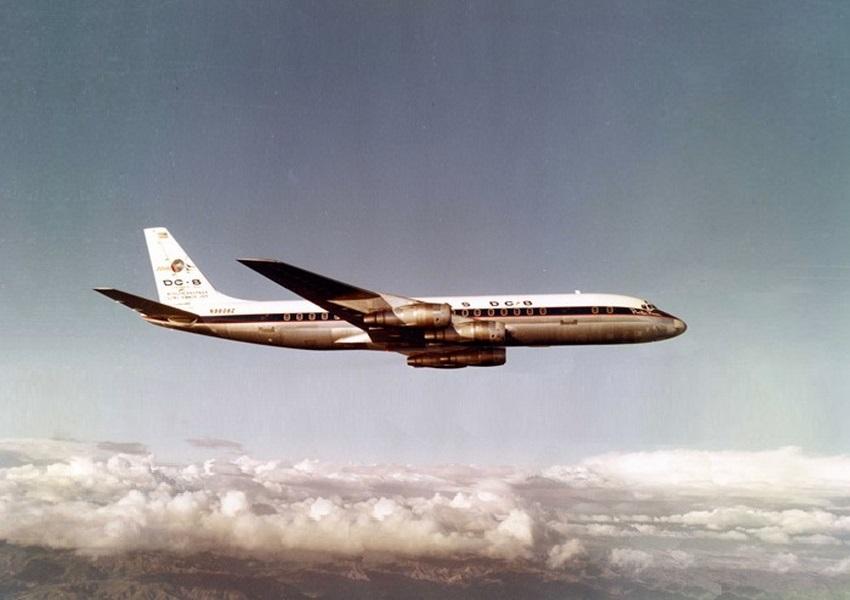
Douglas knew that the next aircraft in line (the DC-8) would have to be a jet. But they were not in a hurry. They had successful airliners already in production, and earned more money servicing hundreds of DC-3s around the world! The de Havilland Comet showed rather painfully, how difficult the introduction of jet airliners would be. Douglas already had a pressurized aircraft by this time, in the DC-6. The DC-7 also had pressurization but actually came a year after the Comet!
The Douglas DC-8 And Its Nemesis
But of course the aircraft that stopped Douglas’ DC-8 from becoming a bigger success, was Boeing’s 707. However the story is a bit more complicated, having a lot to do with Boeing’s KC-135, that preceded the 707. Boeing had advance knowledge of the US Air Force’s need for a faster air-refueling aircraft. Douglas wasn’t far behind, but had assumed that USAF would buy two competing designs, as they had done previously.
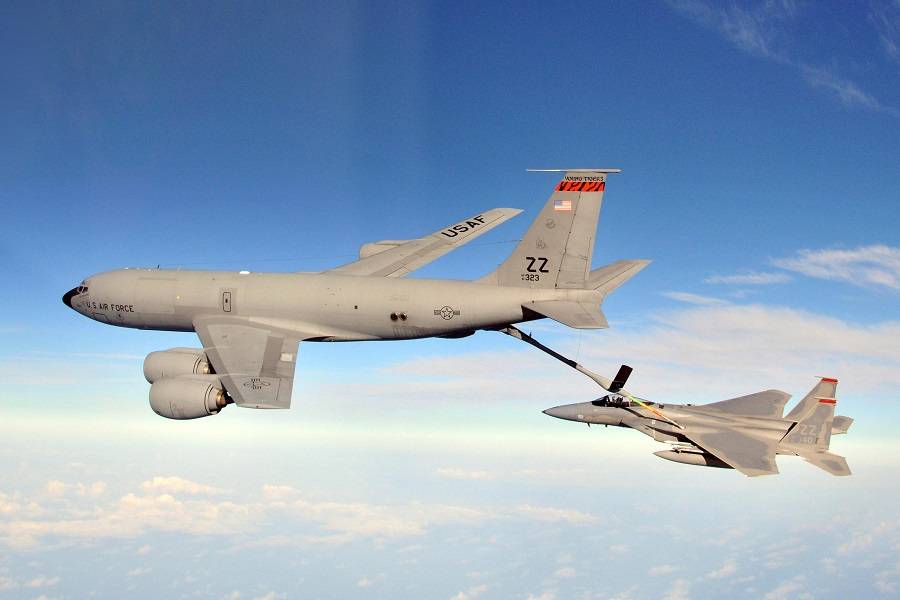
That didn’t happen. Boeing had gambled on a need for an air tanker, and spent its own money building the 367-80 prototype. That decision paid off: in May 1954 the USAF issued the requirement for a tanker. Boeing’s prototype was two months away from its first flight! Another two months after that Boeing ordered the first KC-135s, and the rest, as they say, is history. Douglas was just completing its bid for what would become the DC-8. Other competitors (Convair, Lockheed etc) were even further behind.
Boeing lost some time redeveloping the KC-135 into the civilian 707, because of the increase in fuselage diameter. Douglas were early enough in development that they could also resize the DC-8 for six abreast seating. But Boeing still managed to build and fly the 707 prototype five months earlier. The DC-8 first flew on the 30th of May, 1958. Commercially, the 707 was a bigger success – but not by as much as many people think. Boeing built 865 707s, plus 154 720s. Douglas built 556 DC-8 aircraft.
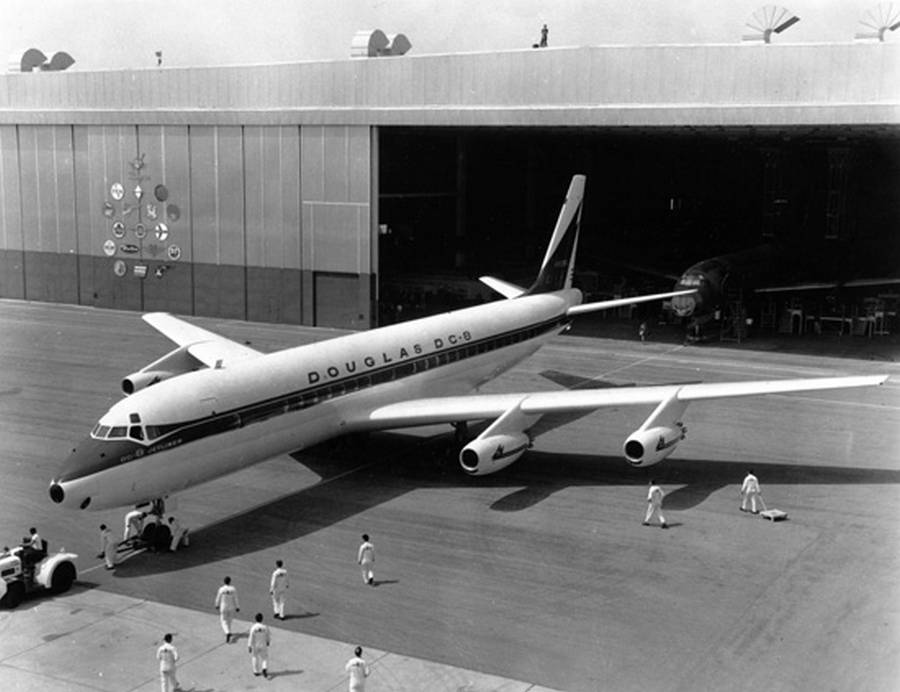
Time In Production
But even these numbers don’t really say the whole story. Early on, Douglas’ DC-8 sold as well as or better than the 707. Pan American’s first order for the two jets came at the same time, with 20 707s and 25 DC-8s. Like the manufacturers, the airlines were reluctant to enter the jet age, after the Comet. However, when one started the ball rolling, the others had to follow. And they did. Both Boeing and Douglas did quite well with their jets.
However, having a military contract to stand on, was a big deal in favour of Boeing. Those production numbers further up, don’t include KC-135 sales, or other military derivatives of the design. Douglas ended the production of the DC-8 in 1972, six years before Boeing stopped making 707s. And of course by then Boeing was also producing the 727 and 737, gaining ever more from their initial investment.
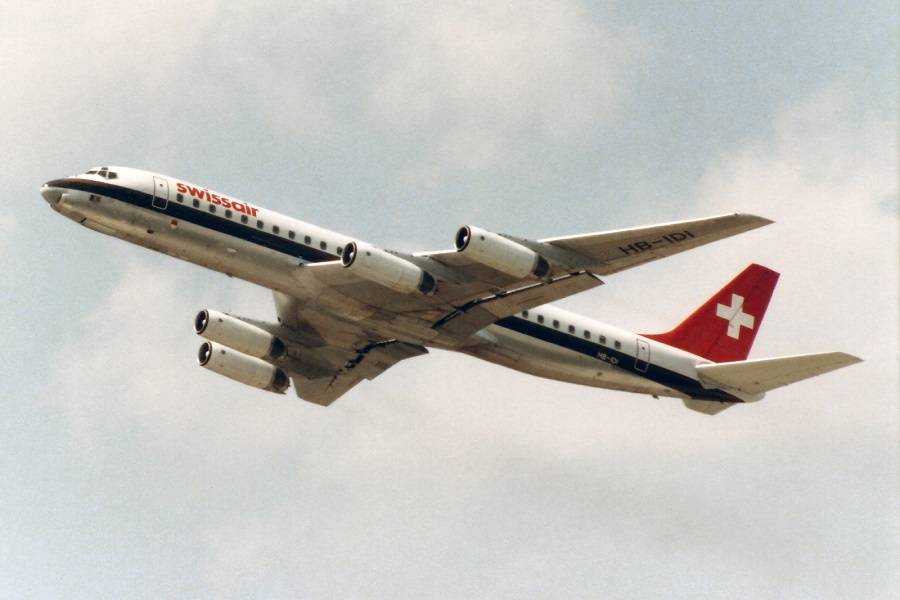
DC-8 Variants And Unusual Feats And Features
Douglas initially only offered the DC-8 in one fuselage length, with differences just in the engines and fuel capacity. Eventually this had to change, to meet the challenges coming from Boeing. The longest variations were the DC-8 Series 61 and 63, that could carry a maximum of 259 passengers. This was the largest passenger capacity of any single-aisle aircraft. The Boeing 757-300 is the only single-aisle that could later seat more (280). However it’s actually 2.7m (8.9’) shorter…
The evolution of airliners is largely linear, i.e. good ideas lead to more ideas, and good ones among those remain. Along the way, some initially liked ideas persist but eventually go away. The Douglas DC-8 had at least one of these, in using in-flight thrust reversers. This was actually a requirement, in order to achieve a fast rate of descent, for emergencies!
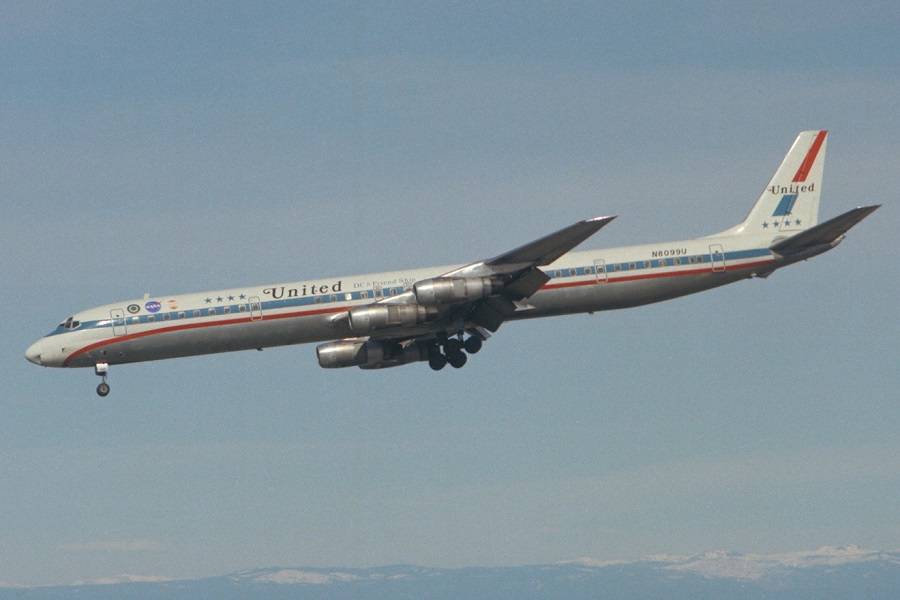
However pilots would also use thrust reversers for descent operationally. The accident of Japan Air Lines Flight 2 that we looked at recently made use of this procedure, early in its descent. But when it wasn’t using reversers, the Douglas DC-8 could get quite quick in a descent. A production DC-8-43 actually broke the sound barrier in a controlled descent, on the 21st of August 1961. It reached Mach 1.012, for 16 seconds.
The Douglas DC-8’s Later Years… And Present!
As we already saw, the Douglas DC-8 is one of the aircraft that got the option of new turbofan engines in later use. These were formerly DC-8 Series 60 aircraft, that became Series 70, when they got four CFM56-2 engines each. This is the same version of the same engine that Boeing offered as an upgrade to its 707 customers. None took up this option, however military KC-135s did. The newer engines made the Douglas DC-8 23% more efficient, and much more quiet. This enabled it to stay in service much longer!
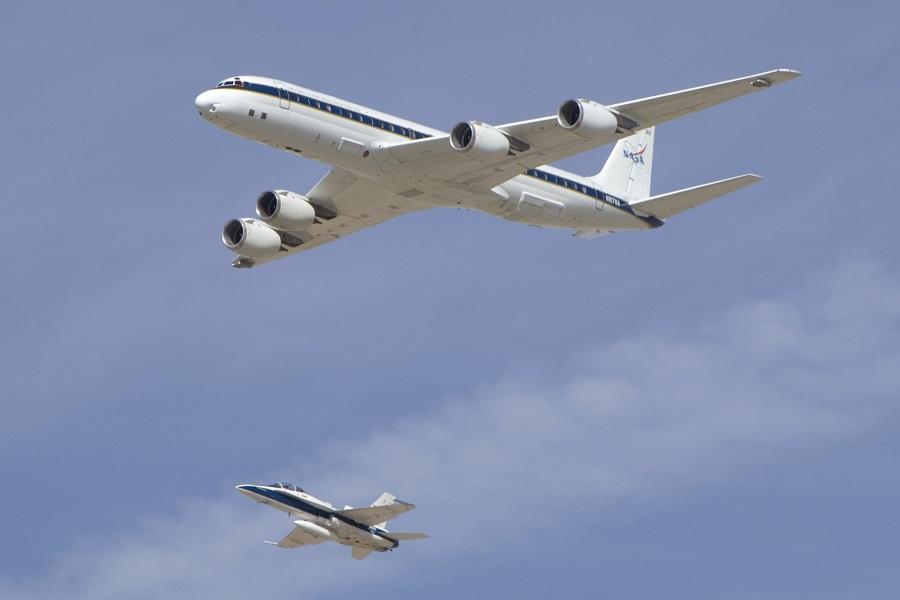
Incredibly, seven Douglas DC-8 jets are still active today – in theory. Trans Air Cargo Service (TACS) operates three from Congo, in a cargo capacity. Two of these still have their original Pratt & Whitney JT3D engines! Skybus Jet Cargo in Peru has two more DC-8s, also for cargo. Samaritan’s Purse relief organisation has another one, their sole aircraft. Of course we don’t know if every one of these jets actually is operational. The seventh, however, quite probably is.
This is NASA’s Douglas DC-8-72, with registration N817NA. They operate it for a number of research purposes, and has provisions for various specialized equipment packages. Its research fields include ecology, geography, hydrology, meteorology, oceanography, volcanology, atmospheric chemistry studies, and more. Like most of the Douglas DC-8 aircraft still flying, it has CFM-56 engines. All these DC-8s are over 50 years old today!
Overall, the Douglas DC-8 was a more successful aircraft than many give it credit for. It didn’t have the success of the 707, but there were reasons for this that had little to do with the plane itself.




1 comment
Bruce Crosby
And it has a nice smiley face as well.